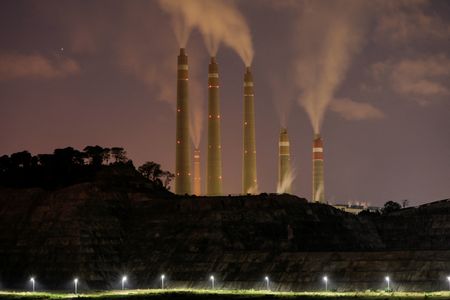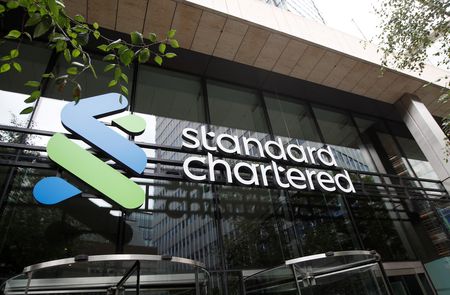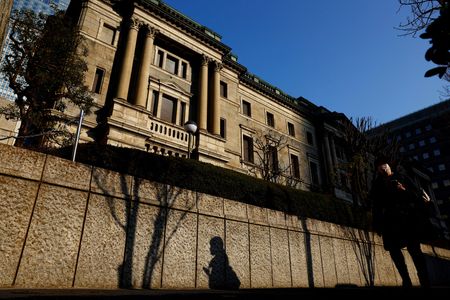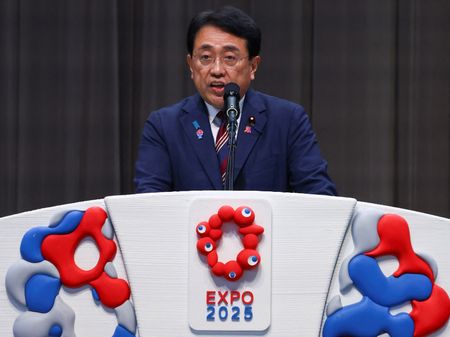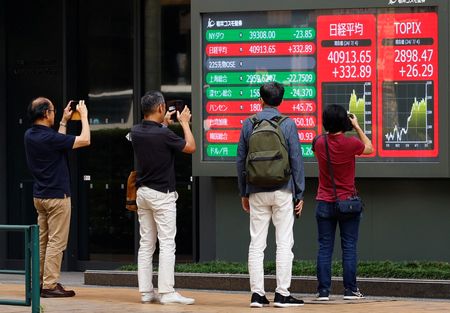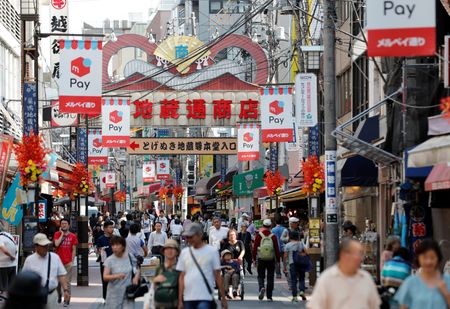SINGAPORE (Reuters) – Chinese firms are still building new coal-fired power plants in Indonesia despite a 2021 pledge to stop financing coal projects overseas, according to an analysis of energy investments in BRICS countries released on Tuesday.
China is involved in constructing 7.7 gigawatts of new coal-fired power, mostly plants used to run nickel smelters in Indonesia, U.S. think tank Global Energy Monitor said.
The BRICS bloc was founded by Brazil, Russia, India and China in 2009 and has since expanded its membership and partners to cover around a quarter of the global economy and half the world’s climate-warming carbon dioxide emissions.
While rapid deployment in Brazil, India and China drove renewables to more than half of the bloc’s total electricity mix last year, the 10 newest members and partners – including Nigeria and Kazakhstan as well as Indonesia – still rely on fossil fuels to meet rising energy demand, often with Chinese backing.
“There’s a real risk of sending these countries down the wrong path by investing in coal, gas and oil,” said James Norman, project manager for GEM’s Global Integrated Power Tracker.
The 10 countries are building 25 GW of coal, oil and gas capacity, compared to 2.3 GW of solar and wind, GEM data showed. Another 63 GW of gas-fired capacity is under development.
GEM said 62% of the generation capacity under construction in the 10 countries relies on Chinese state-owned enterprises for finance, procurement, engineering or construction. China is backing 88% of all the new coal power under construction.
China’s environment ministry did not immediately respond to a request for comment.
President Xi Jinping said in 2021 that China would no longer help build or finance overseas coal-fired power, but at least 26.2 GW of new China-backed capacity has been built since the pledge was made, according to research published last year.
Climate change will be high on the agenda at a meeting of BRICS leaders in Brazil in June, with the host country calling on China and others to make bigger commitments to cut emissions ahead of the COP 30 climate summit in November.
(This story has been corrected to remove an extraneous word in the headline)
(Reporting by David Stanway; Editing by Sonali Paul)

